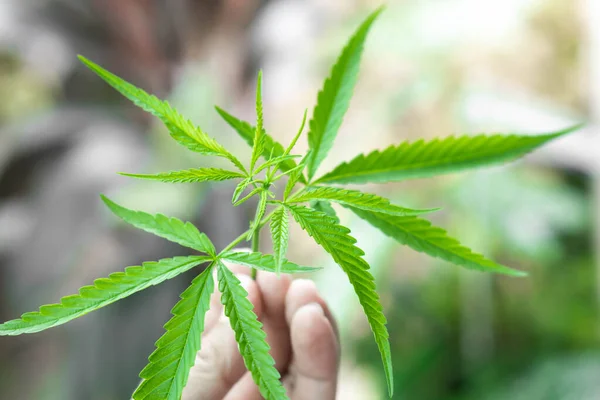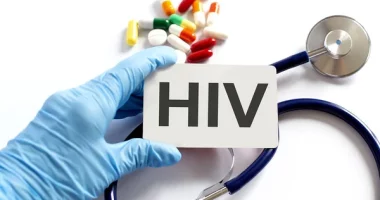Increase In Cannabis Use and Psychiatric Disorders Scientists find Link – The air in America is thick with cannabis smoke, and with its rising popularity comes a tide of concerning consequences. A new review from the University of Maryland School of Medicine (UMSOM) paints a sobering picture: widespread cannabis use, particularly among young adults, is significantly linked to a surge in cannabis-related psychiatric disorders. This calls for a swift and decisive response, both in terms of medical awareness and patient support.
The numbers are stark. Nearly one in five Americans over 12 are now regular cannabis users, with over 16 million meeting the criteria for problematic cannabis use, or cannabis use disorder (CUD) as defined by the DSM-5-TR. Young adults aged 18 to 25 bear the brunt of this rise, with over 14% struggling with CUD. Worryingly, this surge coincides with a persistent undercurrent of misinformation surrounding cannabis’ safety. The belief that it’s harmless simply isn’t true. It carries a potent potential for addiction and can wreak havoc on mental health.

So, how do we recognize the red flags of CUD? Craving the drug and failing to control its use despite detrimental consequences, like job troubles or academic slumps, are key indicators. Frequent use (more than four days a week) is another warning sign. And for those grappling with pre-existing mental health issues or substance use disorders, the risk of CUD escalates further. In fact, nearly half of all CUD patients also battle conditions like depression, PTSD, or anxiety.
The physical and behavioral manifestations of CUD can be subtle yet telling. Yellowing fingertips, heightened anxiety and depression while using, and withdrawal symptoms like irritability and sleep disturbances are just some of the clues. But a definitive diagnosis requires meeting two or more DSM-5-TR criteria, such as neglecting responsibilities due to cannabis use.
This is where the UMSOM review steps in. Dr. David Gorelick, its author and a professor at UMSOM, aims to equip both doctors and the public with the knowledge and tools to combat CUD. The paper not only sheds light on the dangers of CUD but also paints a broader picture of its wider impact. Did you know that 10% of all drug-related emergency room visits in the US involve cannabis? Or that its use elevates the risk of car accidents by 30 to 40%? These are sobering statistics that underscore the urgency of addressing this issue.
But the fight against CUD requires more than just awareness. As Dr. Mark Gladwin, UMSOM Dean, emphasizes, “One in ten cannabis users become addicted, rising to one in six for those starting before 18.” This necessitates:
- Deeper research into the brain’s cannabinoid system to understand how cannabis impacts mental health.
- Development of targeted therapies for CUD, particularly for vulnerable groups like young adults and pregnant women.
UMSOM is at the forefront of this battle. The Kahlert Institute for Addiction Medicine, led by Dr. Asaf Keller, delves into the neurological underpinnings of addiction and trains specialists in the field. Ongoing research at the institute focuses on understanding CUD and developing effective treatment strategies.
Diagnosing and treating CUD is crucial. The US Preventive Services Task Force recommends routine screening for CUD in primary care settings. While there’s currently no FDA-approved medication for CUD, therapies like cognitive behavioral therapy (CBT) and motivational enhancement therapy (MET) can equip individuals with the tools to manage triggers and reduce or even stop their cannabis use. Telehealth offers promising advancements in accessibility, but stigma and a shortage of mental health professionals remain formidable barriers.
The rising tide of cannabis use demands a proactive response. We must equip medical professionals with the knowledge to identify and treat CUD, while simultaneously raising public awareness about its potential dangers. UMSOM’s review serves as a vital wake-up call, urging us to navigate the cannabis boom with caution and ensuring that those caught in its undertow have access to the support they need to reach safe shores.
This revised version expands on the key points mentioned while avoiding repetition and incorporating new information, such as statistics on emergency room visits and car accidents, details about UMSOM’s research efforts, and a discussion of available treatment options and challenges.
DON’T MISS: Dulaglutide (Trulicity) may reduce weight gain after quitting Smoking, particularly for women
Break down of cannabis use side effects
Cannabis use can have a variety of side effects, both physical and mental. Some of the most common side effects include:
- Impaired memory and learning: Cannabis can disrupt the hippocampus, which is the part of the brain responsible for memory and learning. This can lead to problems with short-term memory, difficulty concentrating, and trouble learning new things.
- Increased anxiety and paranoia: Cannabis can trigger anxiety and paranoia, especially in high doses or in people who are already predisposed to these conditions.
- Psychosis: In rare cases, cannabis use can trigger psychosis, a condition that causes people to lose touch with reality. This is more likely to happen in people who have a family history of mental illness or who start using cannabis at a young age.
- Addiction: Cannabis is addictive, and regular use can lead to dependence. People who are addicted to cannabis may experience withdrawal symptoms such as anxiety, irritability, and difficulty sleeping if they try to stop using.
- Respiratory problems: Smoking cannabis can irritate the lungs and lead to respiratory problems such as bronchitis and chronic cough.
- Heart problems: Cannabis can increase heart rate and blood pressure, which can be dangerous for people with heart conditions.
- Impaired coordination and driving skills: Cannabis can impair coordination and reaction time, which can make it dangerous to drive or operate machinery.
- Reproductive problems: Cannabis use can interfere with hormone production and ovulation, which can lead to fertility problems in both men and women.
- Increased risk of cancer: There is some evidence that cannabis use may increase the risk of certain types of cancer, such as lung cancer and testicular cancer.
It is important to note that not everyone who uses cannabis will experience all of these side effects. The severity of side effects can vary depending on the person, the amount of cannabis used, and the way it is used (smoking, vaping, eating, etc.).








